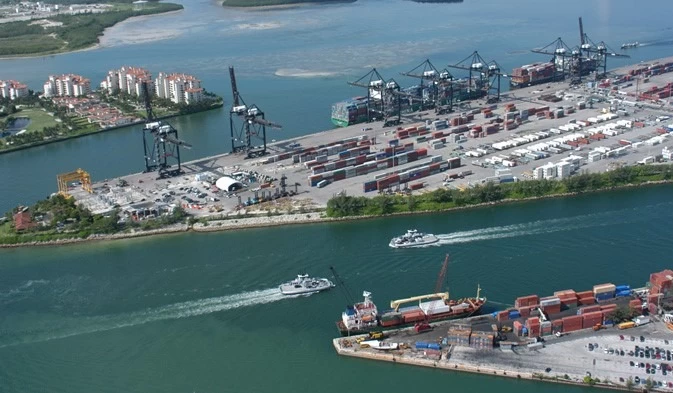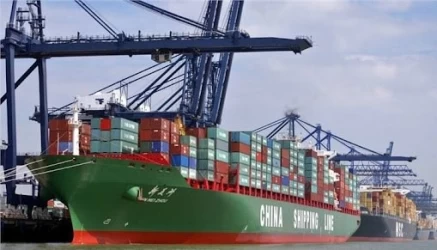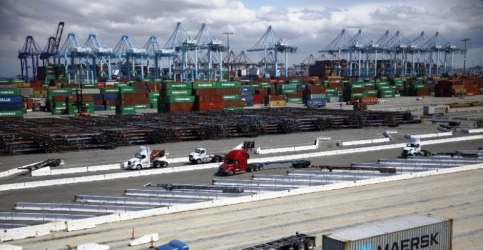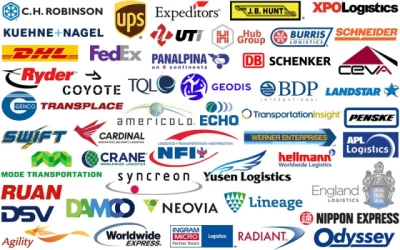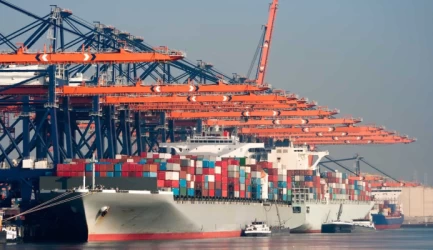Sea freight in the port of Miami
Miami Port, officially known as Port Miami, is one of the largest and busiest ports in the United States, playing a crucial role in maritime transport. Located in southeastern Florida, it serves as a key gateway for international trade and tourism, particularly with Latin America and the Caribbean. This article will explore the importance of maritime transport in Port Miami, its infrastructure, the types of cargo handled, economic impact, challenges, and future prospects.
1. Importance of Port Miami in Maritime Transport
Port Miami is often referred to as the "Cruise Capital of the World," thanks to its strategic location and extensive cruise facilities. With the capability to handle over 1.1 million TEUs (twenty-foot equivalent units) annually, the port serves as a significant hub for cargo movement and cruise operations. Its geographical position makes it an essential point for shipping routes to and from the Americas, enhancing trade efficiency and connectivity.
2. Infrastructure and Facilities
Port Miami is equipped with state-of-the-art infrastructure designed to facilitate cargo handling and cruise operations. Key features include:
- Container Terminals: Advanced terminals equipped with modern cargo-handling equipment, allowing for the efficient loading and unloading of containers.
- Cruise Terminals: Facilities specifically designed for large cruise ships, accommodating millions of passengers each year and providing comprehensive services.
- Customs and Border Protection Centers: These facilities streamline the customs clearance process, ensuring that cargo can move quickly and efficiently through the port.
3. Types of Cargo Handled
Port Miami handles a diverse range of cargo types, including:
- Containerized Cargo: Consumer goods, electronics, and textiles that are imported from global markets.
- Breakbulk Cargo: Includes bulk goods such as cement, sugar, and other essential raw materials for various industries.
- Ro-Ro Cargo (Roll-on/Roll-off): Vehicles and heavy equipment regularly transported through the port.
- Cruise Passengers: As a major cruise terminal, Port Miami sees millions of tourists each year, significantly impacting the local economy.
4. Economic Impact
The economic contributions of Port Miami are substantial. The port directly and indirectly supports tens of thousands of jobs, ranging from dock workers to logistics managers and tourism professionals. It generates billions of dollars in economic output annually, driving demand for hospitality, restaurants, and entertainment services in the local area. The cruise industry, closely linked to the port's operations, has a considerable influence on local economic growth and tourism.
5. Challenges and Future Prospects
Port Miami faces various challenges, including congestion, competition from other ports, and shifts in trade policies. To maintain its competitive edge, investments in infrastructure upgrades and technological advancements are essential. Furthermore, the port's efforts towards sustainability and reducing environmental impacts must continue, aligning with global trends towards greener operations.
6. Conclusion
As a critical maritime transport hub in the United States, Port Miami provides vital infrastructure and services for both cargo and cruise operations. Its strategic location, modern facilities, and diverse capabilities in cargo handling make it a key player in international trade. With a focus on sustainability and future development, Port Miami is well-positioned to meet market demands and remain an important gateway for trade and tourism.
If you have any specific questions or need further assistance, feel free to ask!

